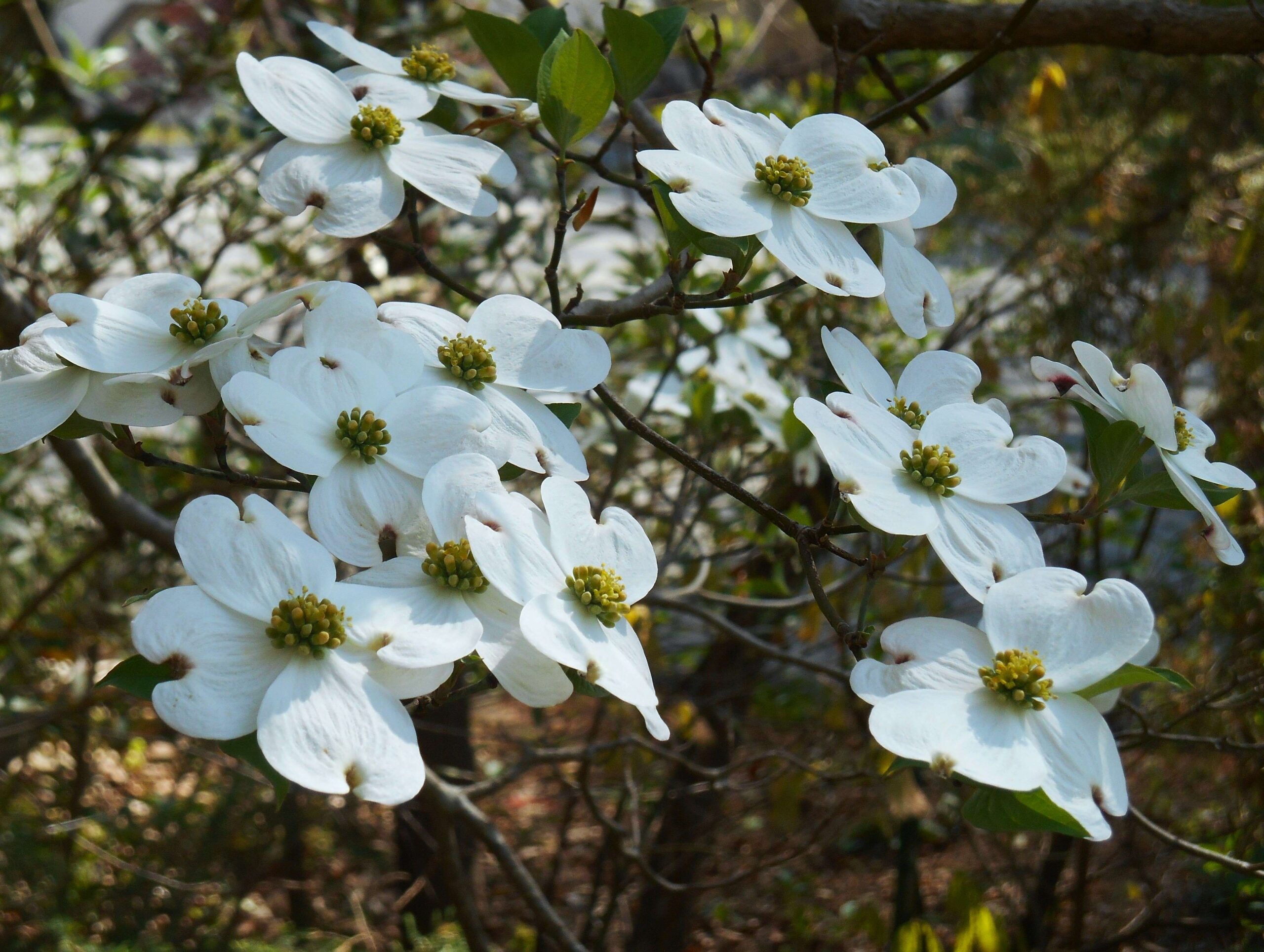Flowering Dogwood
Dogwood trees explode into a profusion of flowers each spring. They grow wild along the forest edge, in clearings and along highways throughout Virginia, transforming from grey woody skeletons into graceful clouds of pink or white flowers as winter melts into spring each April. The State Tree of Virginia Flowering dogwood trees are cultivated in neighborhoods, around schools, in old church yards, and in private and public gardens, wherever they can shelter in the afternoon shade of taller...










